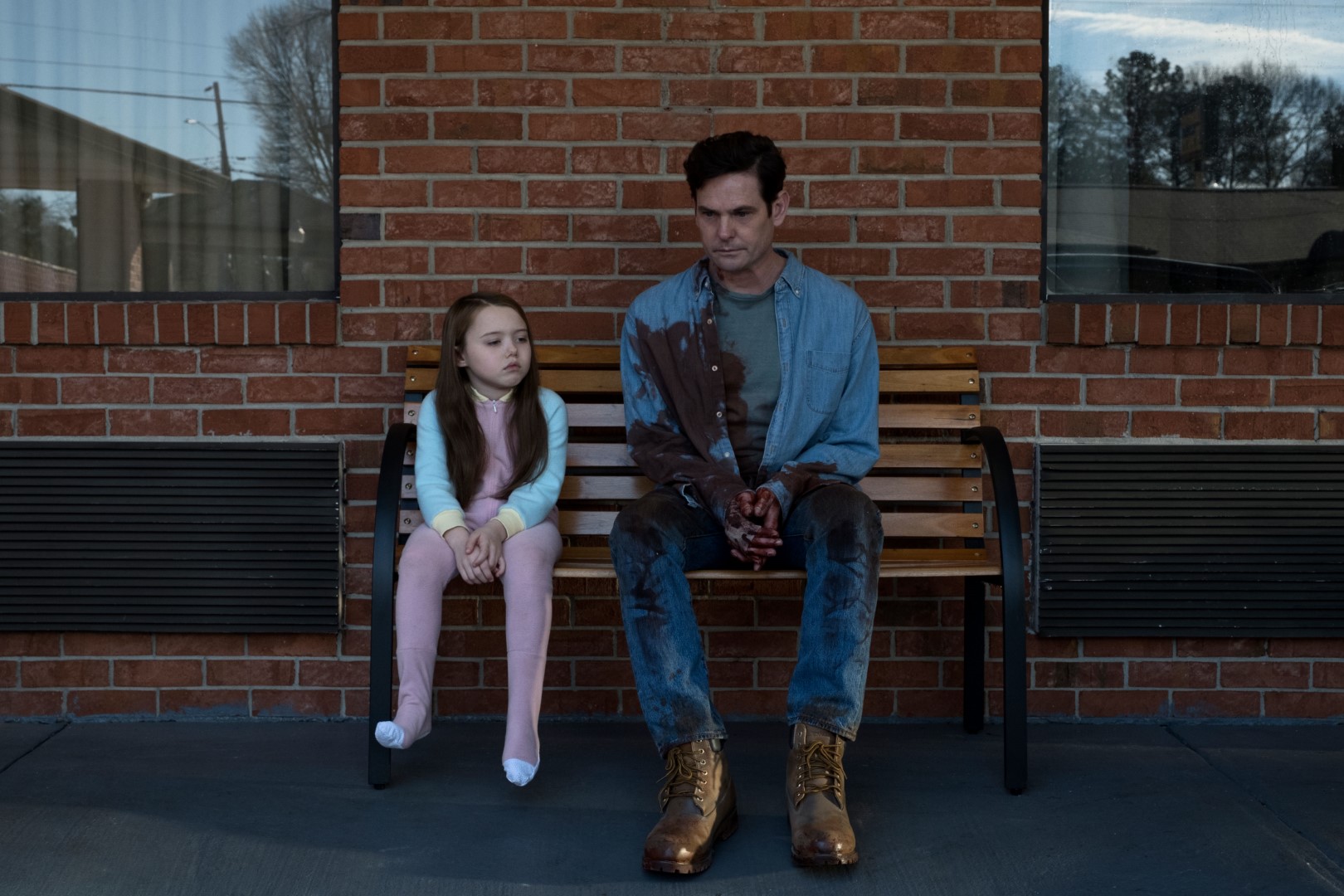Have you ever felt a shiver run down your spine as you walk through an old, creaky house? Ever imagined the shadows on the wall might be something more sinister? These feelings are the heart of what makes the 1963 film adaptation of Shirley Jackson’s “The Haunting of Hill House” such a powerful and enduring horror classic. It’s not just a movie about ghosts; it’s a psychological exploration of fear, isolation, and the haunted corners of the human mind.

Image: noescinetodoloquereluce.com
The film, directed by Robert Wise, captures the essence of Jackson’s novel with a haunting atmosphere and a lingering sense of dread. It takes us deep into Hill House, a sprawling mansion with a dark past, and introduces us to a group of characters drawn to its mysterious allure. Each character, in their own way, brings their own baggage and vulnerabilities to the haunted house, making them all susceptible to the strange and terrifying events that unfold within its walls.
A Haunting Atmosphere: More Than Just Ghosts
The Power of Suggestion
One of the most masterful aspects of “The Haunting of Hill House” is its ability to build suspense without relying on cheap scares or excessive gore. Instead, Wise utilizes a slow-burn approach, emphasizing the psychological toll the house takes on its inhabitants. The characters are constantly on edge, their senses heightened, their minds questioning whether what they’re experiencing is real or just a product of their own unease.
The film employs subtle but effective techniques to achieve this: creaking floors, flickering lights, distorted sounds, and unsettling imagery. These are not just atmospheric elements; they’re tools of psychological manipulation, subtly playing with the characters’ perceptions and pushing them towards the brink of madness.
The Unsettling Design of Hill House
The architecture of Hill House itself is a character in the film. It’s a sprawling, asymmetrical structure designed to disorient and unsettle. The staircases seem to twist and turn, leading nowhere. Doors appear and disappear, as if the house is changing its own layout.
The design of Hill House symbolizes the chaos and disorder that exists within the characters’ minds. It’s an external manifestation of the internal anxieties and fears they carry within. The house itself is a living entity, a reflection of the darkness that lurks beneath the surface of human psychology.

Image: www.hdwallpapers.in
Characters and Their Inner Demons
Eleanor Vance: The Haunted Soul
Eleanor, played with chilling intensity by Julie Harris, is the central protagonist. She’s a fragile and introverted woman, deeply haunted by her past and yearning for a connection, even if it’s a connection with the supernatural. Hill House becomes a magnet for her, pulling her in with a promise of solace and perhaps even redemption.
The film explores Eleanor’s psychological fragility and her descent into madness with a haunting realism. We see how the house’s influence manipulates her fears, amplifying them, ultimately driving her to the edge of sanity.
Dr. John Montague: The Skeptic
Dr. Montague, portrayed by Rex Harrison, is a self-proclaimed skeptic, a rationalist who believes in scientific explanations. He seeks to debunk the paranormal claims surrounding Hill House, but his skepticism gradually crumbles as he witnesses the inexplicable events unfolding within.
Montague represents the human need to explain the unexplainable, to find order in chaos. However, the haunting of Hill House challenges his belief systems, forcing him to confront the limits of human understanding and the possibility of something beyond our comprehension.
Theoi and Luke Sanderson: The Outsiders
Theoi and Luke Sanderson, played by Claire Bloom and Russ Tamblyn, are a young couple brought in to observe the house and its inhabitants. Initially, they seem more curious than frightened, but their carefree approach quickly fades as they experience the house’s true nature.
Theoi and Luke initially represent hope and a sense of normalcy, but the house, in its own way, isolates them as well. Their presence serves to contrast the mounting tension and despair within the group.
The Haunting Of Hill House Original Movie
A Timeless Legacy: The Haunting of Hill House
Despite its age, “The Haunting of Hill House” remains a powerful and relevant cinematic experience. It’s a film that transcends the boundaries of the traditional horror genre, delving into the human psyche and exploring themes of fear, isolation, and the nature of reality itself.
The film’s lasting impact is a testament to its masterful storytelling and its ability to evoke an unsettling atmosphere that lingers long after the credits roll. It’s a reminder that fear can exist not only in the dark corners of a haunted house, but also within ourselves, in the shadows of our own minds.
If you’re a fan of psychological horror and enjoy films that stay with you long after you’ve seen them, then “The Haunting of Hill House” is a must-watch. It’s a timeless classic that continues to frighten and captivate audiences, reminding us that some things are better left unexplainable.






